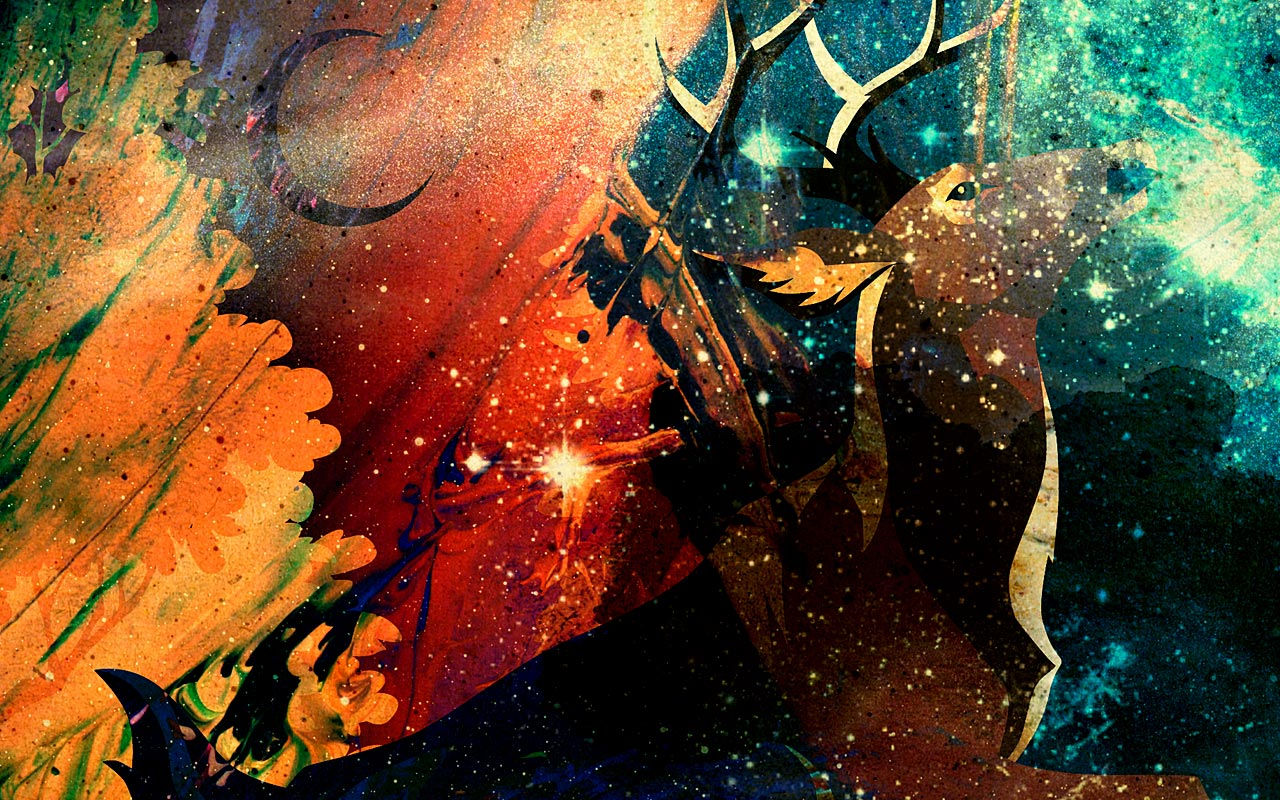Yokai: Supernatural Creatures and Spirits in Japanese Folklore
- torinaga11
- Nov 17, 2024
- 4 min read

Yokai: Supernatural Creatures and Spirits in Japanese Folklore
Japanese folklore is a rich tapestry of legends, myths, and tales that have been passed down through generations. Among its most captivating elements are the Yokai—supernatural creatures and spirits that inhabit the natural and spiritual realms of Japan. These entities, ranging from mischievous tricksters to terrifying monsters, are deeply embedded in the cultural fabric, influencing literature, art, and modern pop culture.
What Are Yokai?
The term "Yokai" (妖怪) is a broad classification that includes ghosts, monsters, and spirits. The kanji "妖" means "mysterious" or "bewitching," and "怪" translates to "strange" or "unusual." Together, they encapsulate the enigmatic nature of these beings. Yokai can be benevolent, malevolent, or neutral, often depending on their interactions with humans.
Yokai manifest in many forms, from human-like apparitions to animal hybrids and entirely fantastical shapes. They are said to inhabit remote forests, mountains, rivers, and even urban spaces, where they either coexist with humans or wreak havoc depending on their disposition.
Origins and Historical Context
The concept of Yokai has roots in Shinto and Buddhist traditions, where spirits, gods, and supernatural phenomena played a significant role in explaining the unexplainable. In ancient times, natural disasters, diseases, and mysterious occurrences were often attributed to the actions of Yokai.
During the Heian Period (794–1185), Yokai appeared in literature such as the Konjaku Monogatari, a collection of stories that includes numerous encounters with these beings. By the Edo Period (1603–1868), interest in Yokai surged, thanks to woodblock prints and illustrated encyclopedias like Toriyama Sekien's Gazu Hyakki Yagyō, which cataloged many of these creatures.

Types of Yokai
Yokai come in a myriad of forms, each with unique characteristics and backstories. Here are some of the most iconic categories and examples:
1. Animal-Based Yokai
Kitsune (狐): Foxes with magical powers, often depicted as wise or cunning. They are believed to shape-shift into humans and sometimes act as messengers of the deity Inari.
Tanuki (狸): Raccoon dogs known for their shape-shifting abilities and mischievous nature. They are often associated with good fortune and prosperity.
Neko-mata (猫又): Two-tailed cats that gain supernatural powers as they age. They are said to haunt their owners or exact revenge if mistreated.
2. Human-Like Yokai
Oni (鬼): Ogre-like demons often depicted with horns and a club. While they are fearsome, Oni can also serve as protectors if properly appeased.
Tengu (天狗): Bird-like creatures with human features, associated with martial prowess and spiritual enlightenment. They are both revered and feared.
3. Ghostly Yokai (Yūrei)
Onryō (怨霊): Vengeful spirits of those who died with unresolved grievances. They appear in many ghost stories, seeking retribution against those who wronged them.
Zashiki-warashi (座敷童子): Childlike spirits that inhabit homes, bringing good fortune if treated kindly.
4. Strange and Bizarre Yokai
Rokurokubi (ろくろ首): Women whose necks stretch to inhuman lengths at night. They are often portrayed as cursed or tragic figures.
Nurarihyon (ぬらりひょん): A mysterious Yokai that sneaks into homes and acts as if it belongs there, sometimes assuming the role of a leader among Yokai.

Yokai in Modern Culture
In contemporary Japan, Yokai remain a vibrant part of cultural expression. They appear in manga, anime, and films, bridging the gap between ancient folklore and modern storytelling. Works like Studio Ghibli's Spirited Away and the anime series Natsume's Book of Friends feature Yokai as central themes, showcasing their enduring appeal.
The influence of Yokai extends beyond entertainment. Festivals such as the Hyakki Yagyō (Night Parade of One Hundred Demons) celebrate their folklore through parades and performances. Yokai also inspire video games, such as Yokai Watch and Nioh, which introduce these supernatural beings to global audiences.
Symbolism and Lessons from Yokai
Yokai stories often serve as moral lessons or cautionary tales. For instance:
Kappa, water-dwelling Yokai, warn children to stay away from dangerous rivers.
Yuki-onna, the snow woman, reminds travelers of the perils of winter and isolation.
These creatures also embody human emotions and societal fears. Yokai tales can reflect anxieties about death, nature, or the unknown, offering an imaginative way to confront these challenges.

Yokai Tourism and Preservation
In Japan, regions associated with specific Yokai have become popular tourist destinations. For example:
Tottori Prefecture is home to the Mizuki Shigeru Road, dedicated to the creator of GeGeGe no Kitaro, a manga series about Yokai.
Temples, shrines, and museums across Japan showcase artifacts and exhibits about Yokai, preserving their legacy for future generations.
Yokai are more than just mythical creatures; they are reflections of Japan's history, culture, and imagination. From their ancient origins to their modern adaptations, Yokai continue to captivate and intrigue. They remind us of the thin veil between the ordinary and the extraordinary, urging us to embrace the mysteries that lie beyond our understanding.
Whether you see them as frightful monsters, playful tricksters, or wise spirits, Yokai offer a window into the heart of Japanese folklore—a world where the supernatural and the human coexist in harmony and tension.








Comments